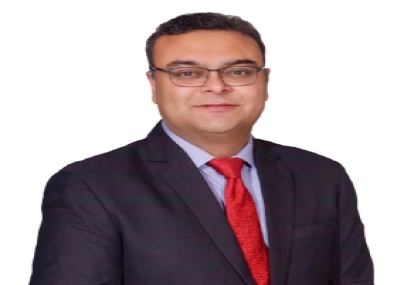
Indian law firm JSA Advocates & Solicitors has continued its market-leading expansion from 2024 with the addition of Trilegal counsel Shringarika Priyadarshini as a retained partner in its Gurugram-based corporate practice.
Priyadarshini has over a decade of experience in M&A, private equity, venture capital and corporate advisory, with a particular focus on representing Japanese and other East Asian conglomerates on deals in India.
She has built expertise advising clients on their cross-border deals in the technology, renewable energy, and manufacturing sectors.
Having started her career as an associate at IndusLaw in 2014, Priyadarshini moved to Trilegal in 2017. She spent six months as a Tokyo-based secondee at Nagashima Ohno & Tsunematsu in 2018.
Trilegal has seen a spate of counsel-level exits in recent times, as mid-career lawyers look at different options to quicken their path to partnership. Prateek Batra moved to Tatva Legal, Hyderabad, in December. Pooranimaa Hariharan left the firm to join the partnership at Cyril Amarchand Mangaldas in July, while Anurag Shrivastav moved to a partner role at JSA Advocates & Solicitors in May.


